SHIPPING TO ALL MEXICO
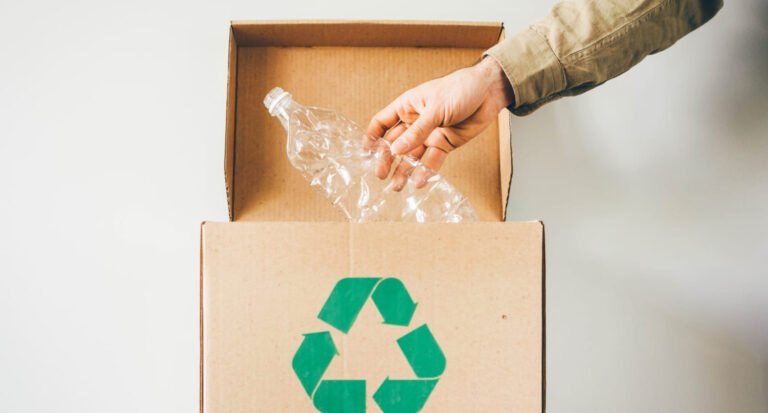
SHIPPING TO ALL MEXICO
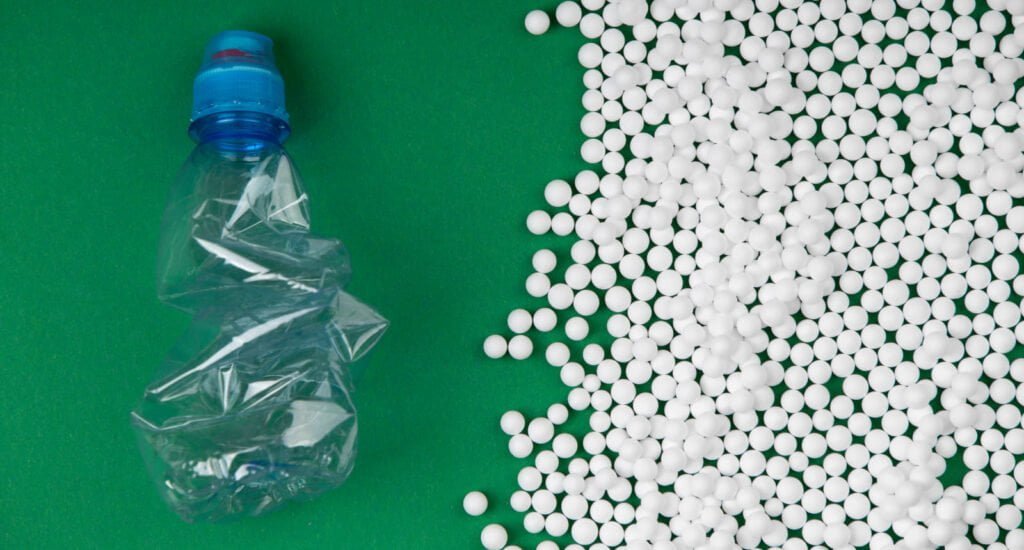
The Life Cycle Assessment (LCA) method is an environmental analysis and management tool that provides the quantification or measurement of potential environmental impacts that can be caused by various production processes or the selection and use of certain materials. It can integrate input-output analysis or material flow analysis, considering manufacturing, transportation, handling, and disposal of the product, in order to obtain an understanding of the energy and material cycles within plastic processing operations.

It includes waste sorting at the source or the use of various optical and physical methods for separation and classification of mixed plastics, which allows obtaining materials that are as free as possible from contaminants to promote higher quality of these elements.
Mechanical recycling can be considered as one of the most practical and cost-effective options, although it may not necessarily be the practice that achieves the highest process efficiency and material quality.
The selective dissolution and precipitation (SDP) technique, using various solvents for the removal of impurities, followed by a plastic precipitation and solvent adsorption stage, is presented as an option to address this issue and as another potential method for plastic material recycling.
Various solvent mixtures are used effectively to selectively dissolve or precipitate polyolefins, including polypropylene. The residual additives present, such as flame retardants, thermal stabilizers, antioxidants, etc., can be removed in order to restore the plastics for reuse.
This method can work under relatively low temperature and pressure environmental conditions and, therefore, does not require significant amounts of energy, thereby reducing greenhouse gas emissions and the environmental footprint of plastic recycling.
Specifically, the SDP process involves the separation of both residual materials and additives present in the recovered plastic material, as well as polymer blends, in a sequential manner by adding different solvents or progressively varying the temperature. This approach selectively dissolves specific additives or residual components, or even specific polymers from a plastic mixture, forming a polymer-solvent solution with the dissolved polymer, which is then separated from the remaining undissolved additives or polymers through simple filtration.
Chemical recycling is presented as an attractive technical option that selectively transforms plastic waste into higher-quality products with high economic value, such as monomers for polymerization or as high-energy-value fuels. The functionality of chemical recycling depends on the reaction conditions, such as temperature and pressure. According to the types of solvent, catalyst, and reactor, chemical recycling can be divided into solvolysis, pyrolysis, and gasification.
Polymer cracking is a process in which long-chain polymers are broken down into products with shorter chains. During heating between 350 and 600 °C, in the chains of polyolefins, and in the case of polypropylene, the most unstable bonds or tertiary carbons will be the first to break, resulting in the formation of radicals. Chain cracking or chain scission primarily occurs through random cleavage.
Parameters such as temperature, reaction time, pressure, and catalyst influence the pyrolysis of PP. Temperature is one of the key operating variables that control the polymer cracking reaction. The thermal cracking of a polymer changes as the temperature varies, especially in a linear carbon chain.
Thermal cracking of polypropylene is typically performed at high temperatures (>700 °C) to produce a mixture of olefins and aromatic compounds (mainly benzene, toluene, and xylene). The objective is to maximize the gaseous fraction and obtain the olefins, which, after separation, could be used as monomers for the reproduction of the corresponding polyolefins. At low temperature (400-500 °C), three fractions are obtained: a high-calorific value gas, condensable hydrocarbon oil, and waxes. At low temperatures, a waxy product is obtained in the reactor, which consists mainly of paraffins along with carbonized carbon.

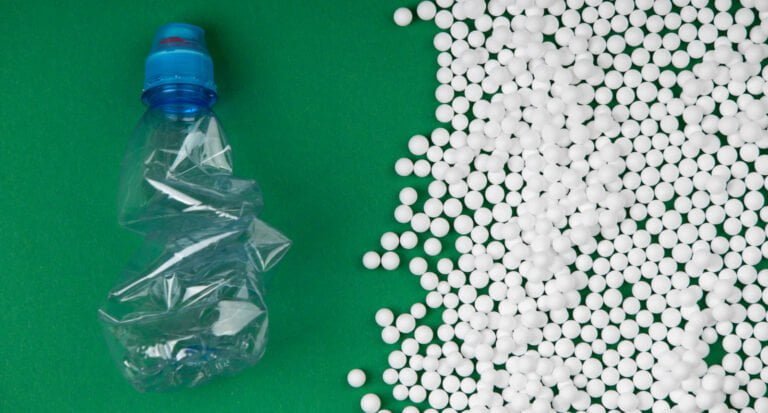
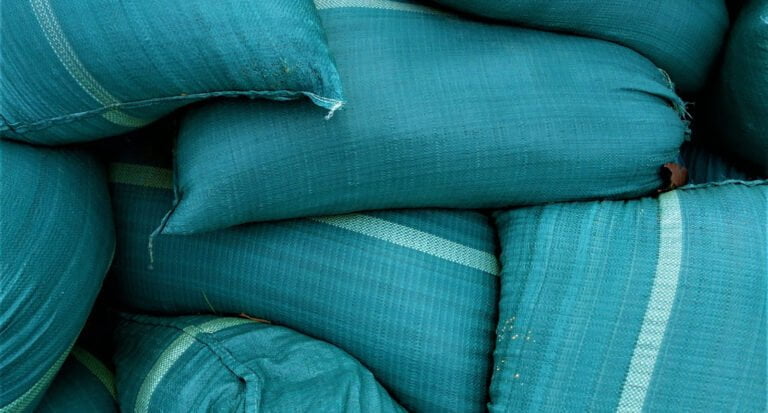
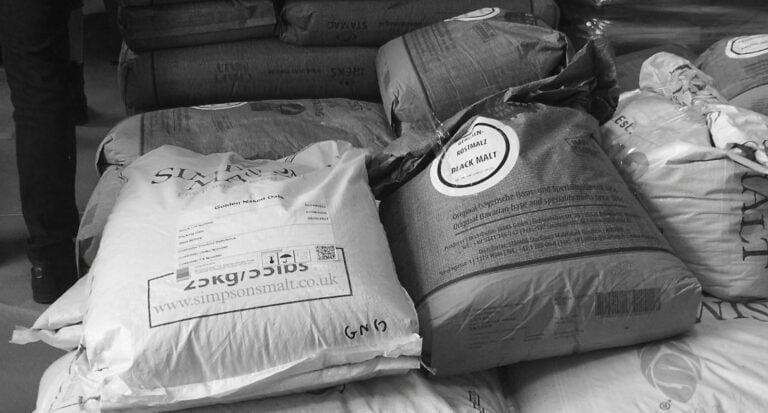
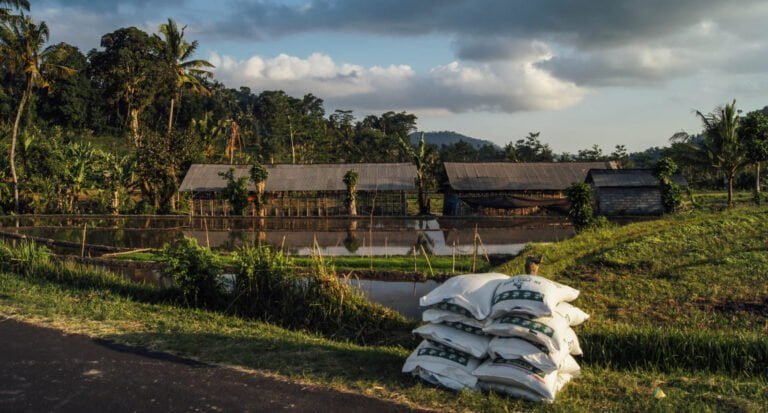

Get news and updates
